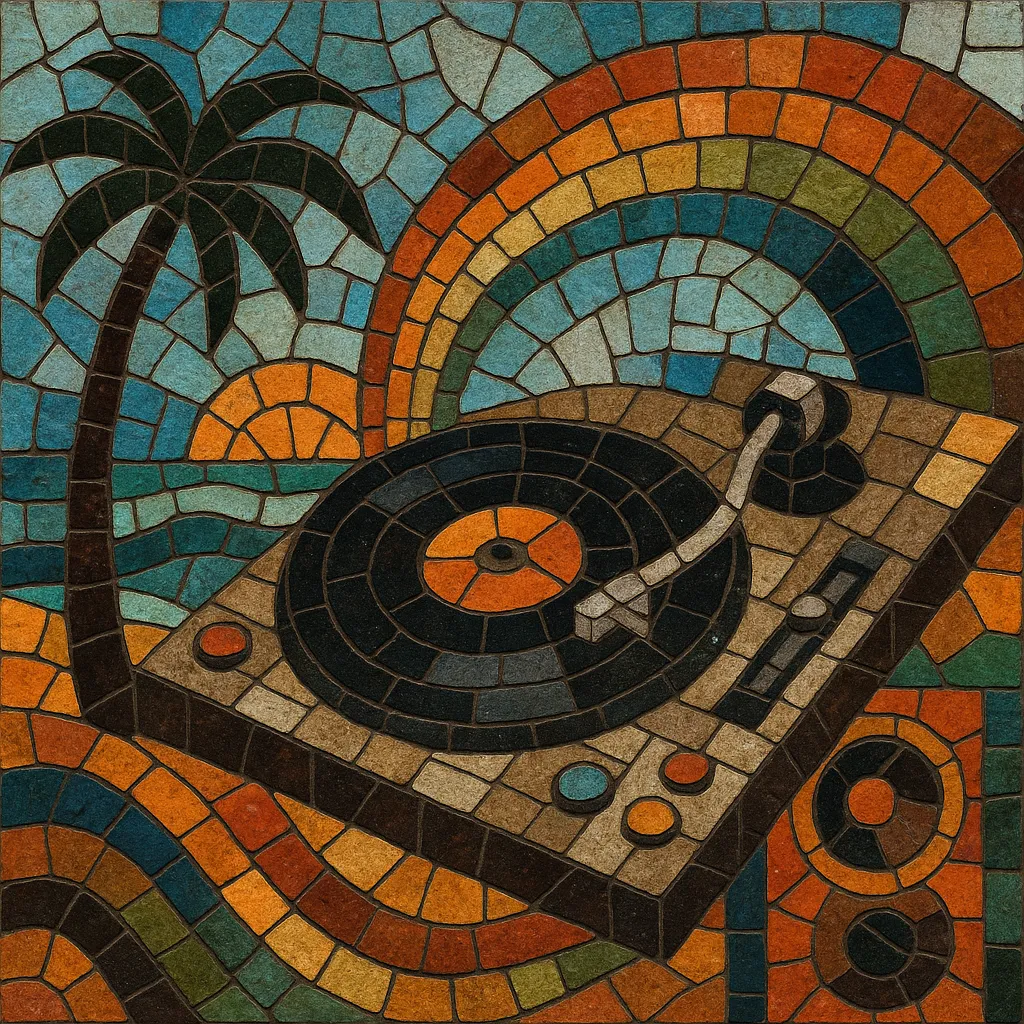
West Coast breaks is a regional style of breakbeat that emerged on the U.S. West Coast, especially in Los Angeles and the San Francisco Bay Area. It blends funk- and hip‑hop‑rooted drum breaks with the sunny, party‑friendly sensibility of West Coast house and rave culture.
Typical tracks run around 128–135 BPM, use syncopated, rolling breakbeats, punchy snares, thick sub‑bass lines, and upbeat chord stabs or ravey synth riffs. Scratches, vocal drops, and sample edits are common, and arrangements are built for DJ usability with clear 16‑ or 32‑bar phrasing. The overall feel is energetic, funky, and festival‑ready—equally at home in clubs, warehouses, and outdoor desert parties.
West Coast breaks grew out of California’s early rave and warehouse scenes, where DJs drew on imported UK breakbeat, electro, hip hop, and house records but pushed a funkier, more party‑oriented feel. Promoters and crews in Los Angeles and the Bay Area (alongside labels and stores tied to Moonshine-era dance culture) nurtured a sound that favored chunky breaks, big bass, and DJ‑friendly arrangements.
By the late 1990s, the style coalesced around artists and DJs who championed breakbeats with West Coast flair—funked‑up drum programming, rave‑ready hooks, and turntablist accents. Clubs, festivals, and desert gatherings (including the broader Burning Man circuit) helped define the vibe: playful but hard‑hitting, with a sunshine‑party edge. Releases and mix compilations from LA and SF figures cemented the term “West Coast breaks” in flyers, record bins, and radio shows.
As nu‑skool breaks and electro‑house rose, many West Coast breaks artists cross‑pollinated with those scenes, while others leaned into mid‑tempo bass and the emerging glitch‑hop movement centered on the West Coast. Although the term is used less strictly today, the influence survives in bass‑heavy festival music and in DJs who still program funky, syncopated breaks into house and techno‑leaning sets.
West Coast breaks left a lasting imprint on North American breakbeat culture: a DJ‑first approach, robust sub‑bass, and an emphasis on fun, dance‑floor‑forward energy. Its DNA can be heard in modern West Coast bass music, mid‑tempo sets, and glitch‑hop aesthetics.

